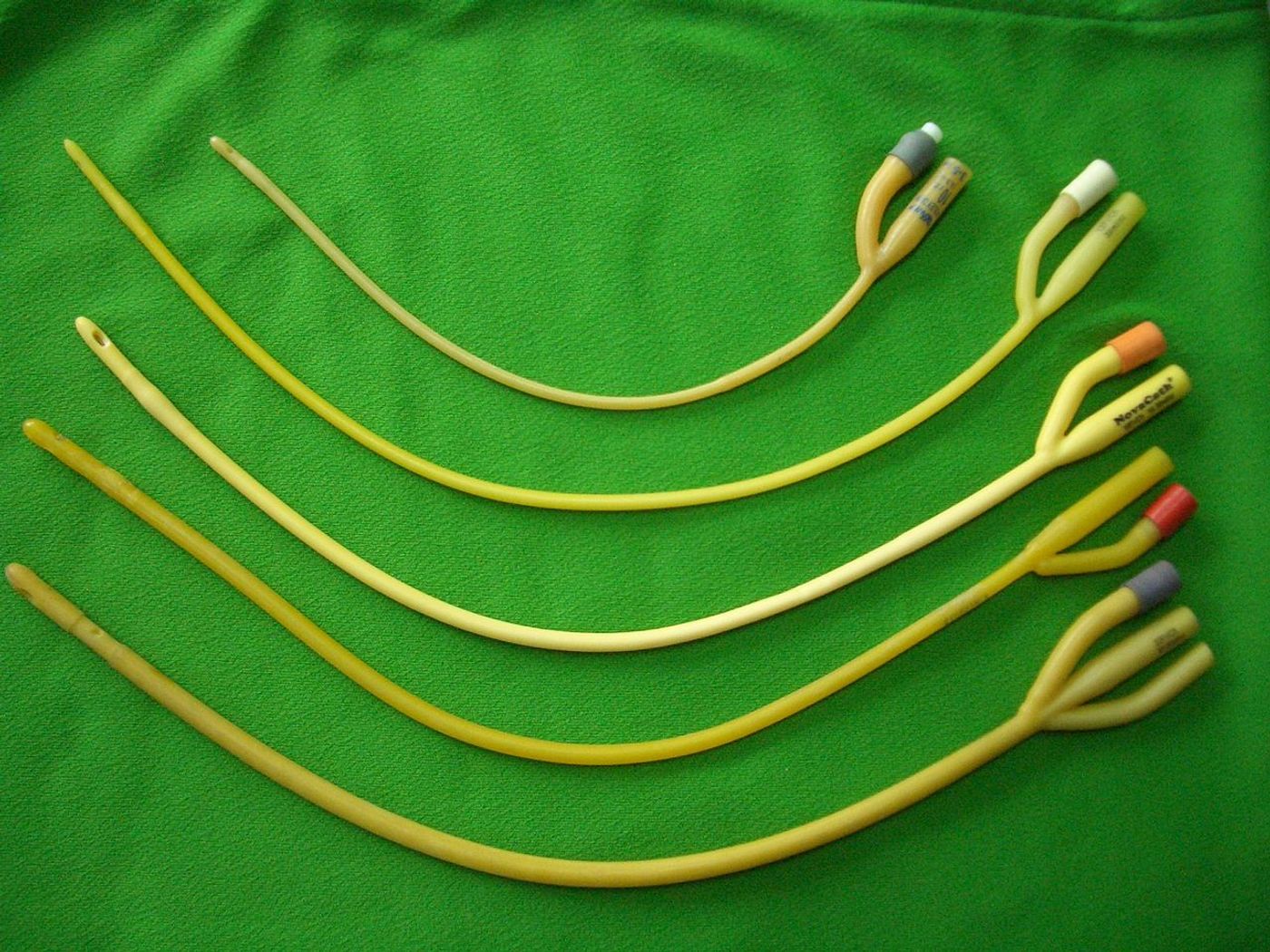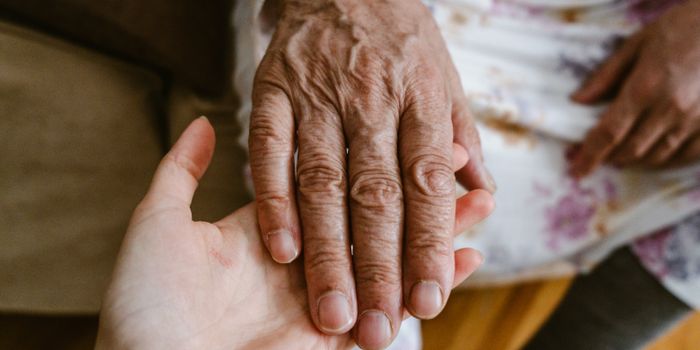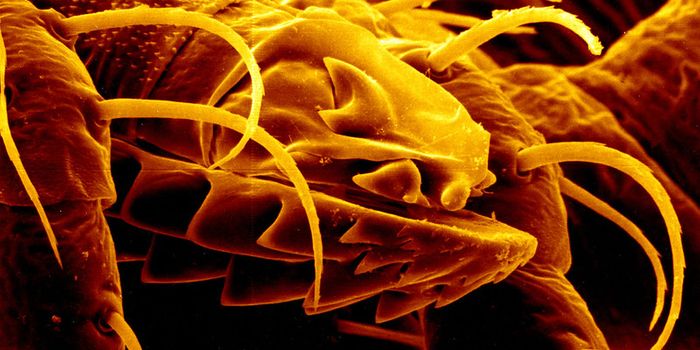Bacteria love to take up residence in urinary catheters. Now, there’s a new bit of technology that can tell healthcare workers when bacteria are present, curbing the risk of urinary tract infections. University of Bath researchers reported their findings in a recent issue of Biosensors and Bioelectronics.
In the US, 90,000 people acquire urinary tract infections each year as a result of catheter use, and in England and Wales, the cost to treat these infections is around 120 million pounds a year.
Bacteria like Proteus mirabilis build biofilms along the walls of a catheter. If the biofilms become large enough, they can block urine flow out of the catheter. This can cause urine and bacteria to back up into the bladder, leading to infections and, in serious cases, kidney failure.
The new technology is based on the fact that P. mirabilis (and other urease-producing bacteria) convert urea to ammonia, raising the pH of urine. The pH change dissolves the outermost coating of the catheter, releasing a dye called carboxyfluorescein that turns urine very bright yellow.
According to study author Toby Jenkins, “our new coating works with existing catheter designs and gives a clear, early visual warning of infection before a catheter is blocked. It could dramatically reduce the number of infections resulting from bacterial blockages”.
The researchers used an in vitro bladder system - complete with artificial urine - to test their catheters. When the catheters were inoculated with P. mirabilis, the artificial urine changed color after only 4.2 hours. No color changes were seen in the absence of bacteria or when the catheters were inoculated with E. coli, which do not produce urease. The group concluded that their smart catheter system could provide 10-12 hours of advance warning that a blockage is present, decreasing the risk of infection.
“Catheter-related infections are a serious problem, especially if the bacteria are resistant to antibiotics. We hope that with this simple to use sensor system we can ultimately make a real difference to patients' lives”, says Jenkins.
Sources: Biosensors and Bioelectronics,
EurekAlert,
Wikipedia


















































